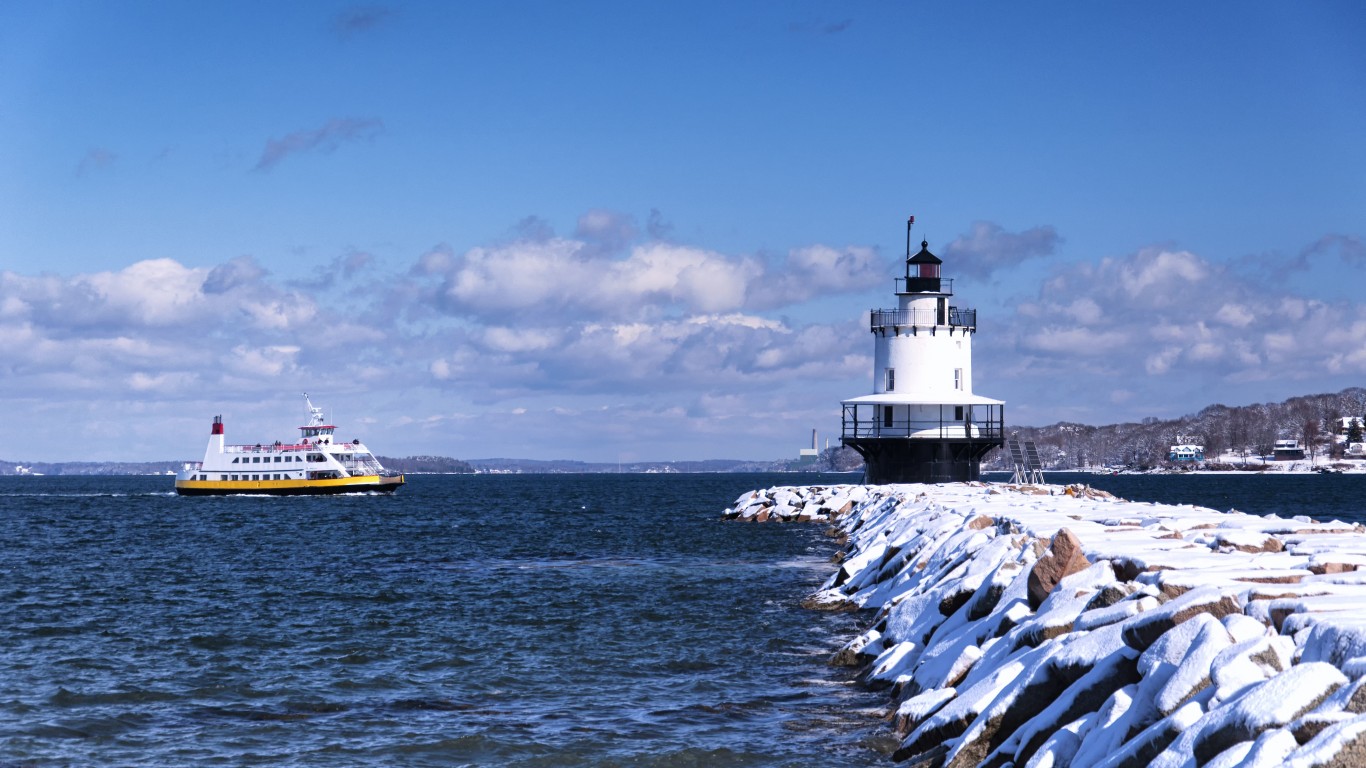
After COVID-19 tore through the fabric of the jobs market, the unemployment rate rose to the highest level since the Great Depression. The employment situation slowly worked its way back and the national unemployment rate fell to 6.2% last month. That remains well above the remarkably low 3.5% in the same month of the year before. Several cities now have jobless rates below that 3.5% rate. That means that nearly everyone in these cities has a job. Because people move from job to job in each market, these cities have what economists call full employment.
The most recent data on jobs by metropolitan area comes from the U.S. Bureau of Labor Statistics (BLS) Metropolitan Employment and Unemployment Summary for January. It shows unemployment rates were higher in January than a year earlier in 376 of the 389 metropolitan areas the BLS measures, lower in only nine areas and unchanged in four. Clearly, even at the metro area level, the recovery has not snapped back to the health it exhibited the year earlier.
Unemployment varies widely from metro to metro. In El Centro, California, the level was 16.5%, which matched some years during the Great Depression. The lowest rate was in Logan, Utah, at 2.5%. Out of its civilian labor force of 72,899, only 1,884 people were out of work. The jobless rate has barely changed from the year before, when it was 2.1%.
According to the St. Louis Federal Reserve, Logan is among the fastest-growing metro areas in America. As of July 1, 2019, its population was 142,165, up from 126,167 in 2010. The median household income for the metro is $56,800, somewhat below the national average. The poverty rate is 14.8%, somewhat above the national number.
The American Cities With the Lowest Unemployment
| City | Labor Force | Unemployed |
|---|---|---|
| Columbus | 43,903 | 3.7% |
| Omaha | 481,057 | 3.7% |
| Oshkosh | 91,551 | 3.7% |
| Florence | 65,088 | 3.6% |
| Grand Island | 43,165 | 3.6% |
| Appleton | 129,942 | 3.6% |
| Daphne | 95,885 | 3.5% |
| Idaho Falls | 75,307 | 3.5% |
| Elkhart | 114,053 | 3.5% |
| Salt Lake City | 681,253 | 3.5% |
| Madison | 379,574 | 3.5% |
| Sheboygan | 61,565 | 3.5% |
| Wausau | 72,490 | 3.5% |
| Rapid City | 73,864 | 3.4% |
| Gainesville | 103,248 | 3.3% |
| Lincoln | 179,973 | 3.3% |
| Auburn | 76,610 | 3.2% |
| Ogden | 340,289 | 3.2% |
| Burlington | 113,466 | 3.1% |
| Ames | 54,188 | 3.0% |
| Sioux Falls | 157,477 | 3.0% |
| Decatur | 74,023 | 2.9% |
| Huntsville | 235,342 | 2.9% |
| Provo | 322,756 | 2.9% |
| Logan | 72,899 | 2.5% |
Click here to read about the city with unemployment at Great Depression levels.
100 Million Americans Are Missing This Crucial Retirement Tool
The thought of burdening your family with a financial disaster is most Americans’ nightmare. However, recent studies show that over 100 million Americans still don’t have proper life insurance in the event they pass away.
Life insurance can bring peace of mind – ensuring your loved ones are safeguarded against unforeseen expenses and debts. With premiums often lower than expected and a variety of plans tailored to different life stages and health conditions, securing a policy is more accessible than ever.
A quick, no-obligation quote can provide valuable insight into what’s available and what might best suit your family’s needs. Life insurance is a simple step you can take today to help secure peace of mind for your loved ones tomorrow.
Click here to learn how to get a quote in just a few minutes.
Thank you for reading! Have some feedback for us?
Contact the 24/7 Wall St. editorial team.


